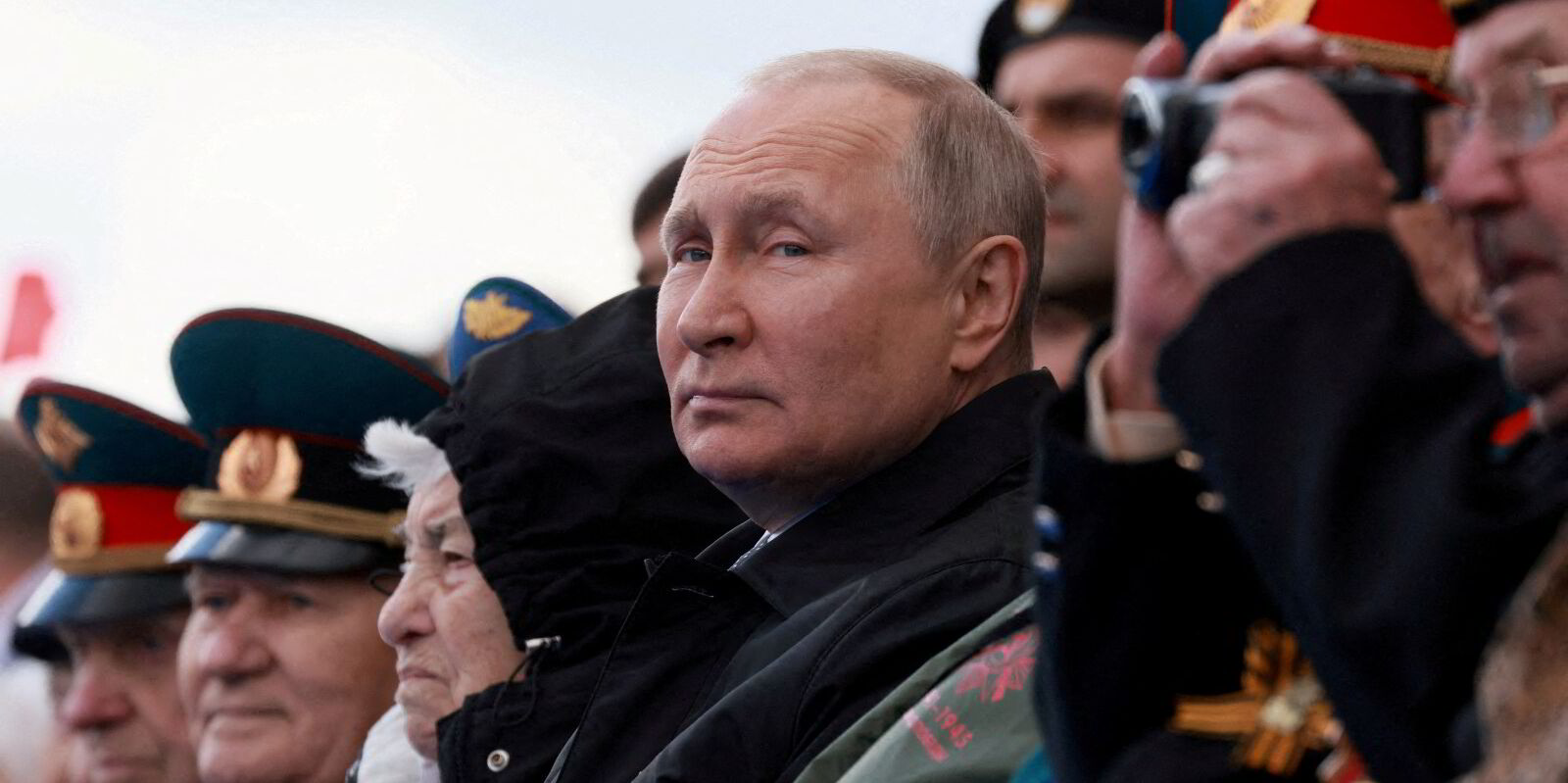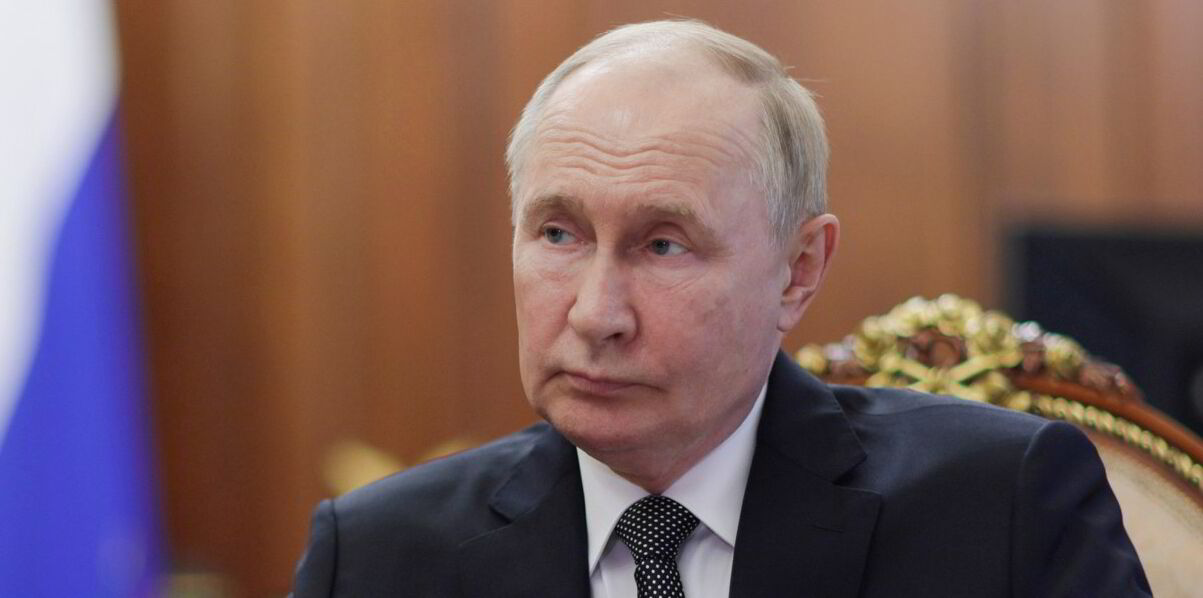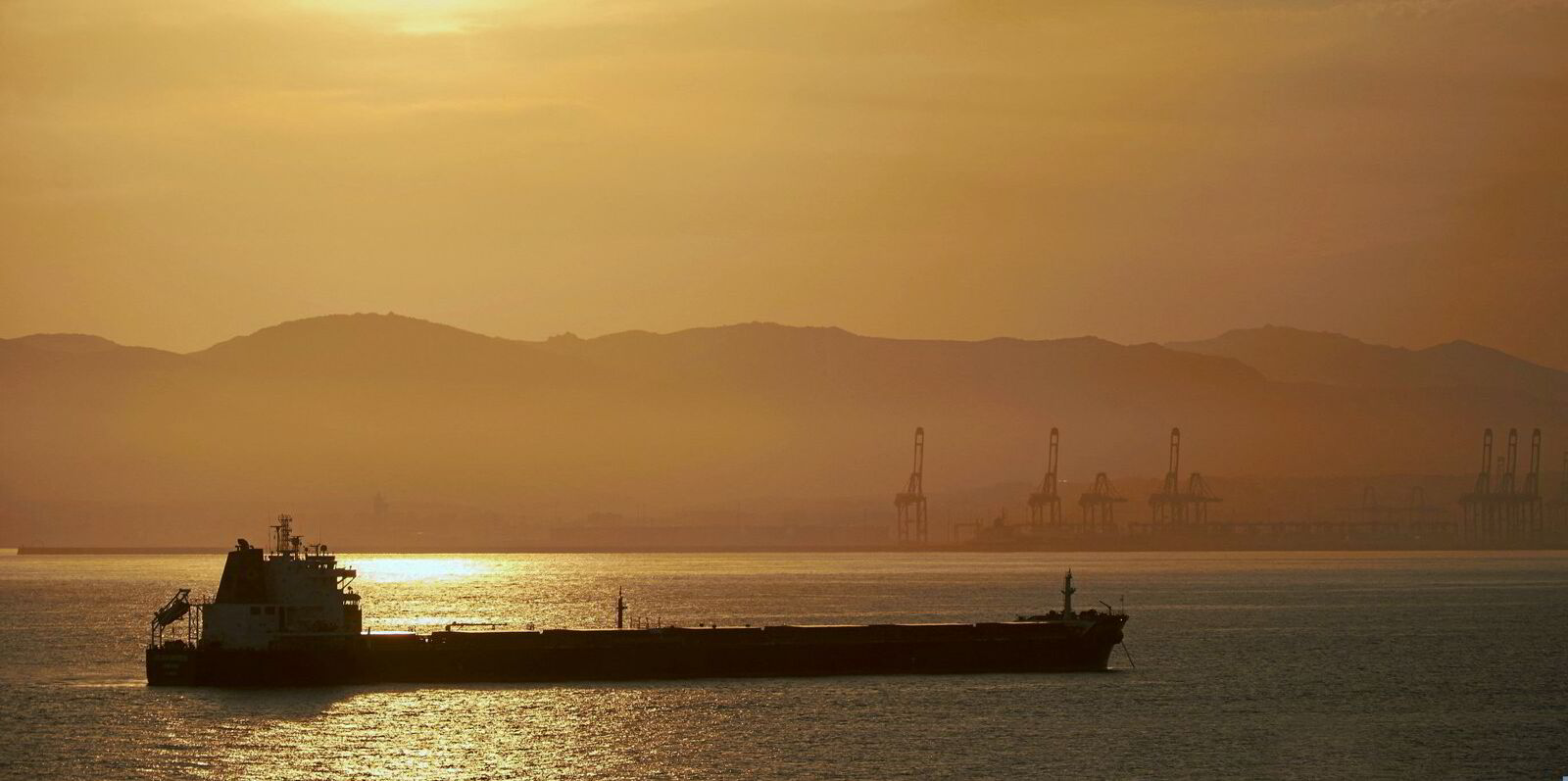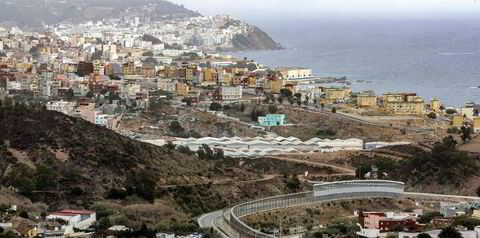The shadow tanker fleet is transporting ever greater volumes of Russian oil, a new report has found.
Analysis from S&P Global’s Commodities at Sea and Maritime Intelligence Risk Suite indicates that 889 tankers over 27,000 dwt may have been used to transport sanctioned oil for Russia, Iran and Venezuela.
With a combined capacity of 111.6m dwt, the shadow fleet makes up 17% of the global oil tanker fleet, they said.
Russia’s seaborne crude and product exports have grown by about 5% to 6.3m barrels per day since the start of 2022, the year of its invasion of Ukraine.
According to estimates by S&P Global Commodity Insights, the share of this carried on ships operating outside the G7 price cap reached an all-time high of 83.8% in September.
India was the top destination for shadow tanker shipments so far this year, taking 58%. China was on 15%.
Crude shipments from Russian ports averaged 3.74m bpd in October, up 240,000 bpd from September, tracking data showed.
India imported 1.74m bpd, mainly Urals grade, down 90,000 bpd month on month.
The report calculated that the biggest rise in crude exports last month was to Turkish refineries.
These volumes were 144,000 bpd higher in October, a jump of 84%.
Russia controls 586 ships
S&P Global’s Maritime Intelligence Risk Suite believes Russia controls 586 ships of 57.1m dwt, enabling it to circumvent the price cap system.
The total includes 260 aframaxes or LR ships, plus 84 suezmaxes.
Another 35 tankers of 4.7m dwt are classed as available but not necessarily dedicated to any particular sanctioned trade involving Russia, Iran or Venezuela.
Some of them have loading records in Iran and Venezuela, which have swapped petroleum cargoes in recent years.




